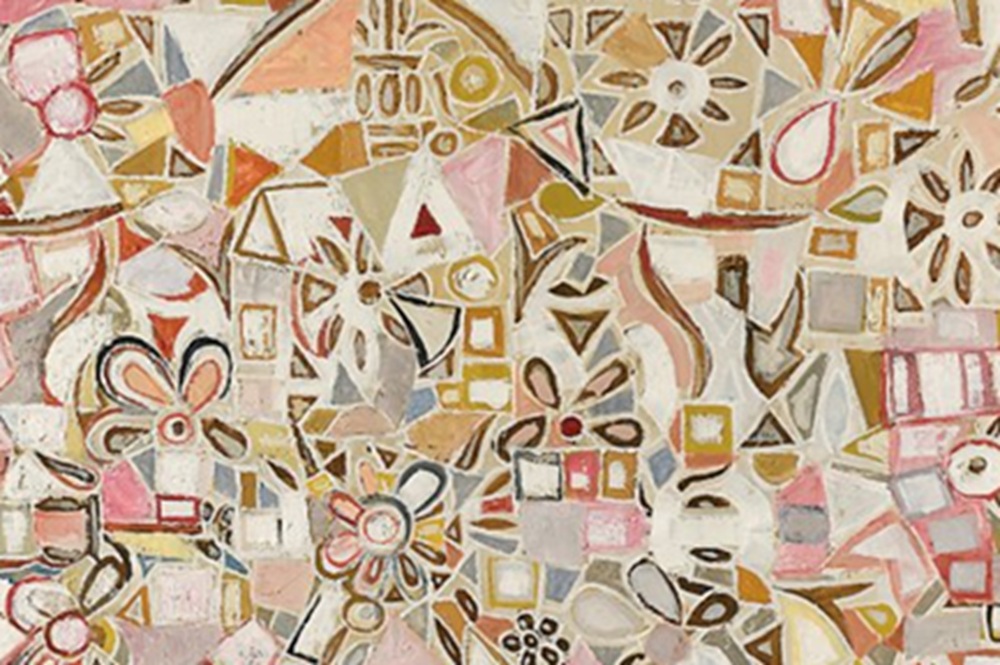
By Venia Pastaka
Art Historian
Alekos Kyrarinis carries a great heritage; son of the important marble sculptor Yannis Kyrarinis, he has been nurtured in the important tradition of the island of Tinos, where art and faith are deeply intertwined. From an early age he came into contact with the techniques of marble carving and traditional iconographic motifs, something that indelibly determined his later career. His compositions stand out for their detailed treatment, their repetitive rhythm and the rich iconography, which draws on religious and folk motifs.
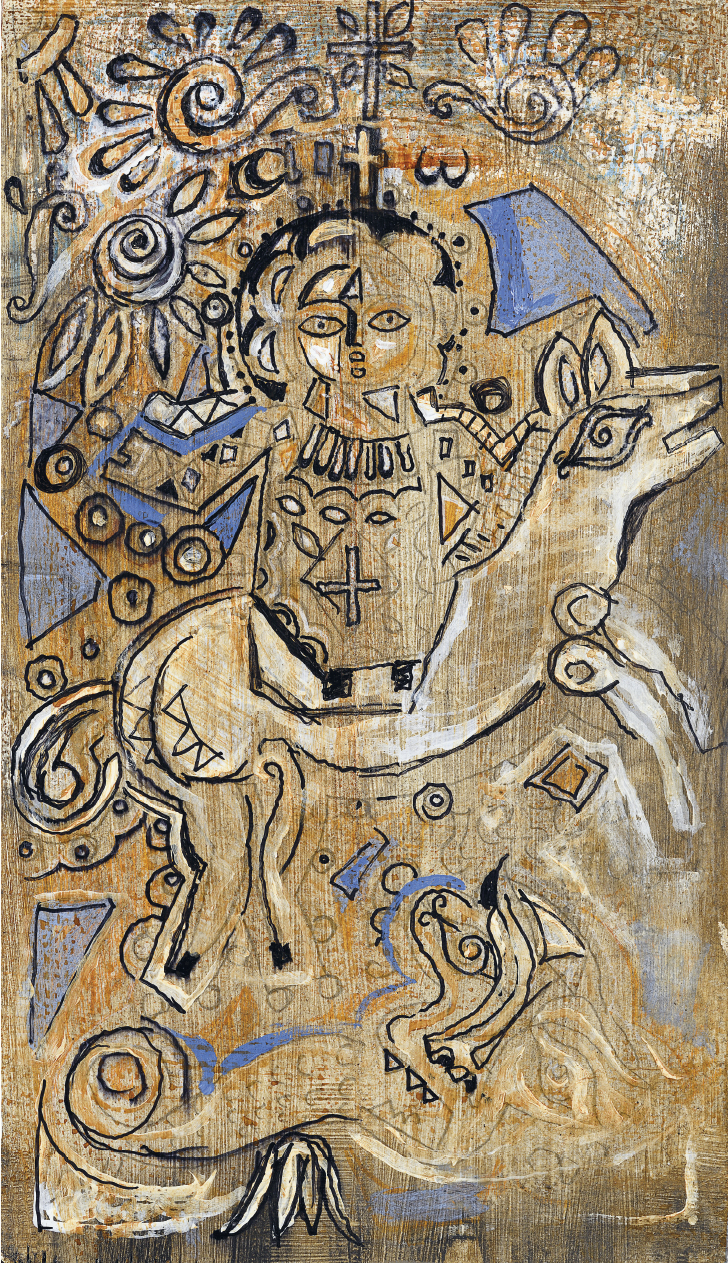
Each of his works is a dialogue with the past, a bridge between tradition and contemporary expression. His particular style, with its characteristic use of lines and shapes, makes him unique in the visual arts, while his constant search for new ways of expression drives him to constant evolution.
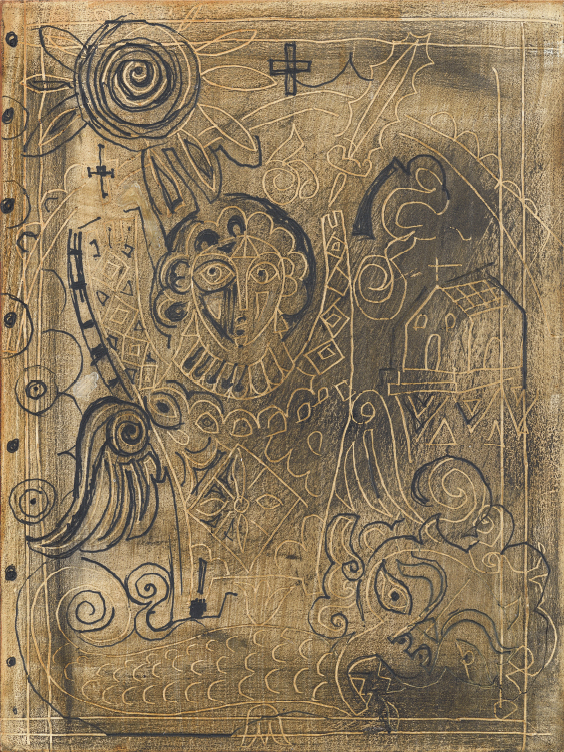
His new exhibition, entitled “The Blossom Field“, which takes place at the National Library Greece until 20 June, curated by Stavros Zoumboulakis, includes 61 works created over the last four years, many of which are being presented for the first time. The figures that feature prominently in his work – angels, demons, crosses, symbolic figures – return with a new dynamic. His themes remain faithful to his spiritual quests, but at the same time are renewed through new experiments with colour and form. In this work, the artist’s references to Tinian stone reliefs are strong, as well as to the recurring motifs of Nikos Gabriel Pentzikis, while his angels have elements of those of Paul Klee and Coptic art. The presence of the sacred and the mythical in his work is not superficial, but is a structural element of his narrative, a constant search for the timeless through time.
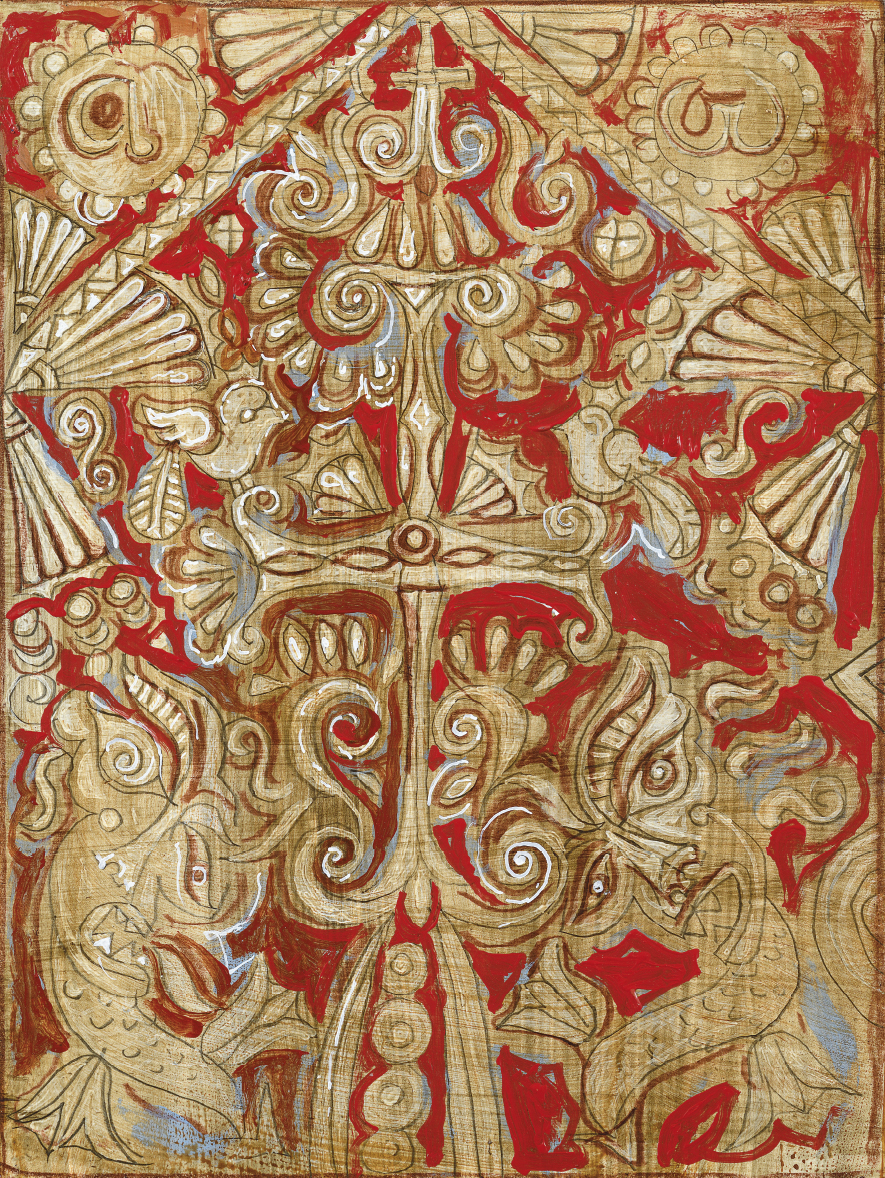
The central work of the exhibition, from which it derives its title, is noticeably differentiated from the rest of the exhibition. It does not contain angels or other obvious religious symbols, but presents a field in bloom, a riot of colour and light. Its place in the exhibition highlights it as a symbol of faith, hope and rebirth, a reminder that art can serve as a place of redemption. In this work, nature appears as a sacred space, a place that preserves the memory and truth of existence. Through this choice, the artist seems to invite us into a meditation on the beauty and essence of life.

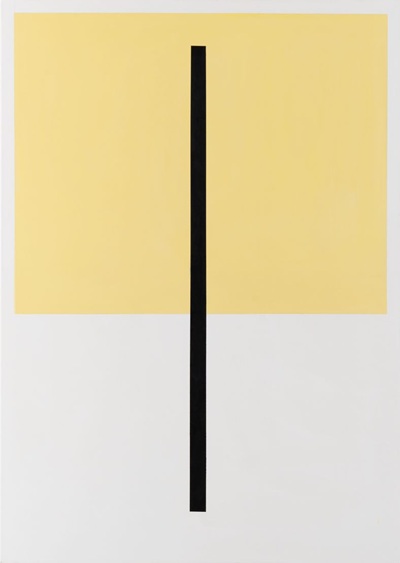
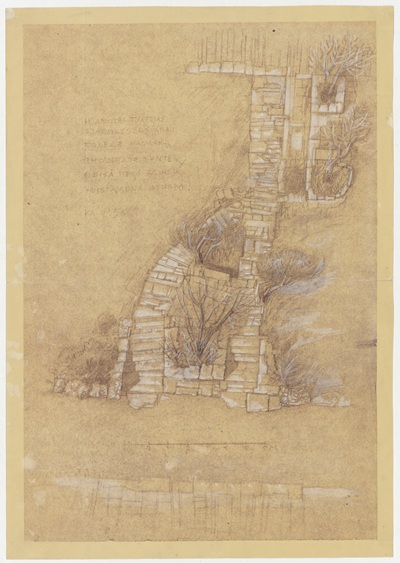
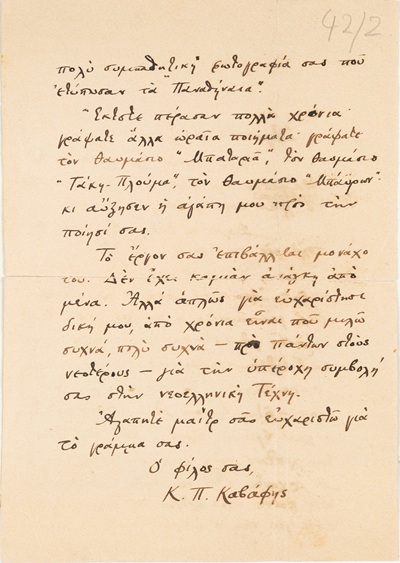
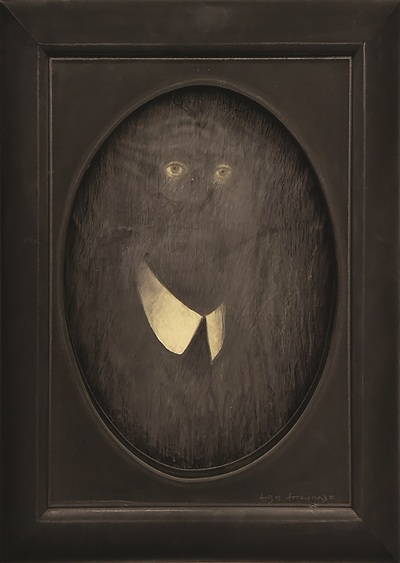


Leave A Comment